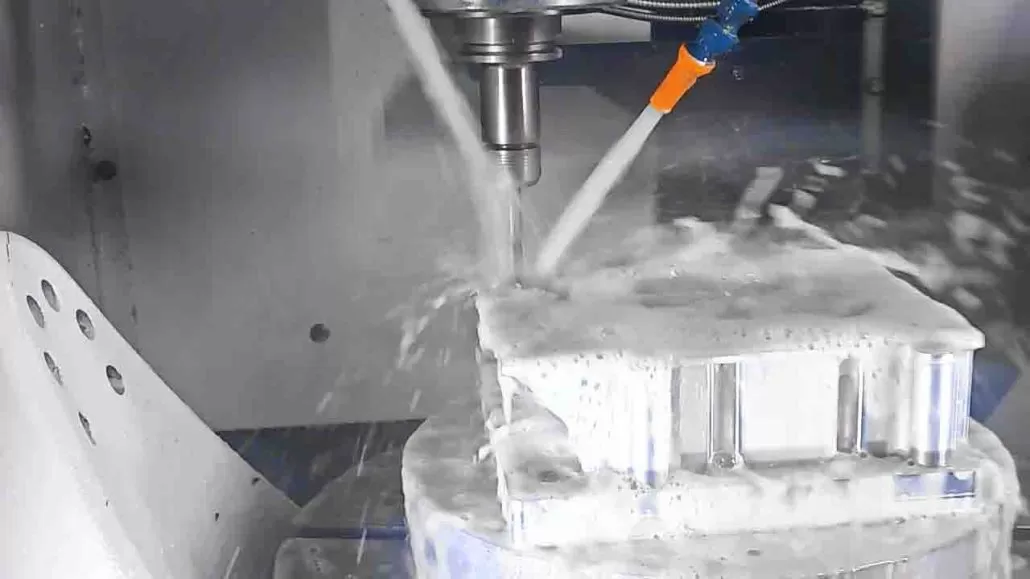CNC machining is a highly advanced manufacturing process that involves the use of computer-controlled machines to produce complex parts and components. These machines utilize a variety of tools to remove material from a workpiece, resulting in the desired shape and size of the final product. There are several components that move during CNC machining, each playing an important role in the overall process.
Understanding the Components that Move During CNC Machining for Precise and Efficient Manufacturing

Spindle
The spindle is the central component of the CNC machine that rotates the cutting tool. It is responsible for providing the necessary speed and torque to the tool, allowing it to cut through the workpiece. The spindle is mounted on bearings that enable it to rotate smoothly and efficiently. During the CNC machining process, the spindle moves vertically and horizontally along the workpiece, providing the necessary cutting force to remove material.
Tool Holder
The tool holder is another essential component that moves during CNC machining. It holds the cutting tool in place and provides the necessary stability and precision for the cutting process. The tool holder is designed to fit the specific type and size of the cutting tool being used, ensuring that it is held securely in place during machining. The tool holder also moves along with the spindle during the machining process, ensuring that the cutting tool is always in the right position.
Worktable
The worktable is the component that holds the workpiece during CNC machining. It is usually made of a sturdy material such as steel or cast iron and is designed to withstand the cutting forces generated during the machining process. The worktable moves in different directions along the X, Y, and Z axes, allowing the cutting tool to remove material from different angles and positions. The movement of the worktable is precisely controlled by the axis system, ensuring that the workpiece is accurately positioned for each cutting operation.

Axis System
The axis system is the mechanism that controls the movement of the spindle, tool holder, and worktable during CNC machining services. It is made up of a series of motors, gears, and controllers that work together to ensure precise and accurate movement of the components. The axis system can move in different directions, including up and down, side to side, and back and forth, depending on the requirements of the machining process. The axis system is responsible for controlling the movement of the spindle, tool holder, and worktable, ensuring that each component moves smoothly and accurately for each cutting operation.
Conclusion
CNC machining is a complex process that requires the use of sophisticated machines and components. The spindle, tool holder, worktable, and axis system are all essential components that move during CNC machining, playing a critical role in the overall process. These components work together to ensure that the cutting tool removes material from the workpiece accurately and efficiently, resulting in high-quality parts and components. By understanding how these components work together, manufacturers can produce parts and components with precision and accuracy, meeting the demanding requirements of modern industries.

